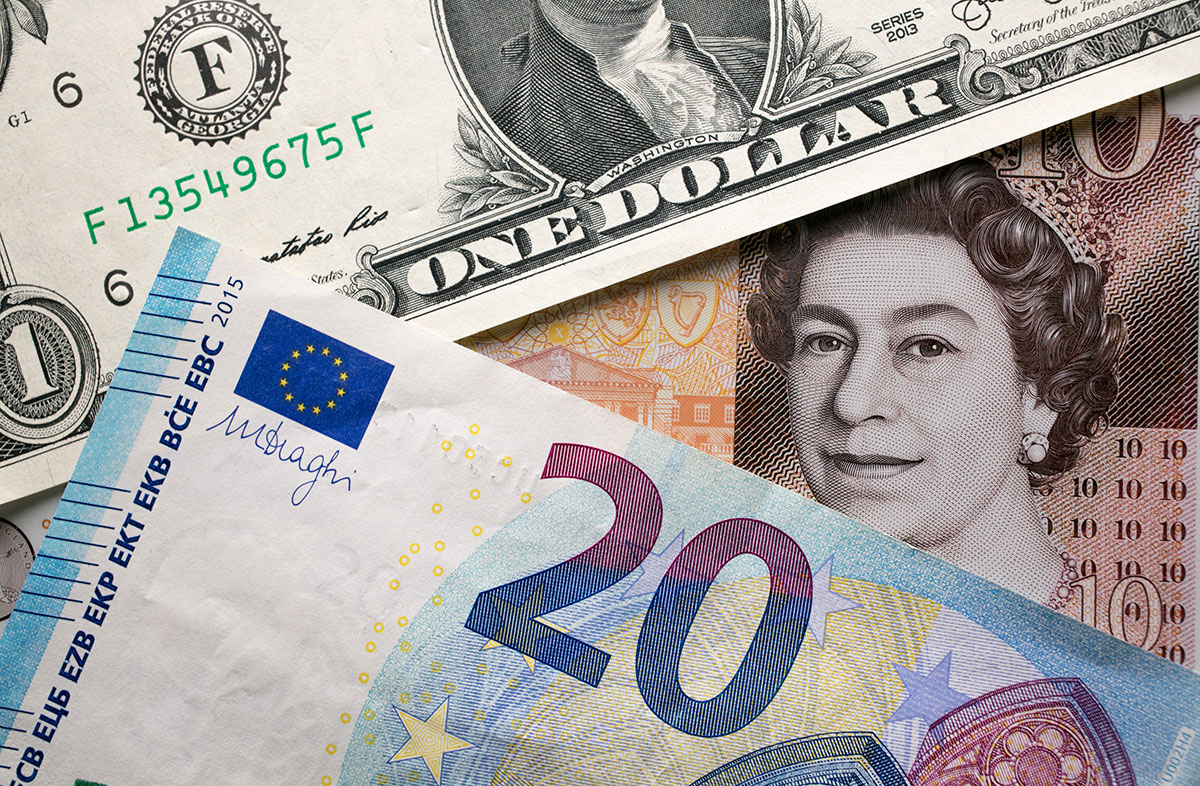The euro fell to a new two-decade low as a resurgent dollar and the prospect of a difficult winter for the region begin to bite. The drop is just the beginning of a deeper descent for the currency, according to strategists.
The common currency fell as much as 1.1 percent to 0.9928 Monday, below the prior two-decade low of 0.9952 reached in July – shifting away from a brief period of relief that propelled the euro to about $1.03 earlier this month.
The currency was trading Monday at levels last seen in 2002, just a few years after the currency came into existence. The Bloomberg Dollar Spot Index rose 0.7 percent to its highest level since July 15.
Morgan Stanley forecasts the euro will slide to $0.97 this quarter, a level not seen since the early 2000s. Nomura International Plc targets $0.975 by the end of September, after which the market could be looking for the $0.95 level or possibly lower, as pressure on energy supplies raises the risk of blackouts and likely boosts euro imports.
“The end of summer sees the euro back under pressure, partly because the dollar is bid and partly because the Damoclean sword hanging over the European economy isn’t going away,” wrote Societe Generale SA foreign exchange strategist Kit Juckes in a note to clients.
Markets will be on alert for any more clarity over central bank responses to the conflicting forces of recessionary risks and soaring prices at this week’s Jackson Hole symposium. Federal Reserve Chair Jerome Powell is expected to reiterate the central bank’s commitment to fighting inflation, and will also be joined by officials from the European Central Bank and the Bank of England.
“The euro is likely to be particularly susceptible for a revision of the underlying Fed expectation, as the ECB has taken the second-strongest possible dovish position among the G10 central banks” after the Bank of Japan, according to Commerzbank AG strategist Ulrich Leuchtmann. He sees the euro-dollar pair touching 0.98 by year-end, he wrote in a note.
Important Catalyst
An easing in gauges of US financial conditions during the summer, despite an aggressive pace of rate hikes, could be another prompt for further Fed hawkishness, according to Morgan Stanley strategist David Adams, making Powell’s tone at Jackson Hole a potentially important catalyst for the dollar.
Opportunities for traders to chase the euro lower could also come from this week’s European purchasing-managers data and potentially a gloomy reading from Germany’s Ifo survey. The region has been struggling with natural gas prices at record highs, with already-scarce supplies further squeezed by disruption in the waterborne transportation of key commodities following an unusually dry summer.
The euro also set a fresh seven-year low against the Swiss franc on Monday, and further signs of a recession could lead to it weakening further against the haven currency. Goldman Sachs Group Inc. strategists see a chance of the pair falling to the high 80s or low 90s centimes per euro in the situation of a severe economic downturn given limited Russian gas supply.
Short Yen Trade
The euro isn’t the only currency suffering as a result of the greenback’s strength. The short yen trade, a favorite macro position this year, could see a comeback with traders eyeing the key 140-level. And the pound is also not far off a two-year low against the dollar, despite a pick-up in UK bond yields.
Positioning data from the Commodity Futures Trading Commission for the week through Aug. 16 show leveraged funds are the most long the pound since March 2020, setting it up as ripe for a potential short, according to Societe Generale’s Juckes. Traders at these funds also extended their euro short positions to the most in three weeks.
“I suspect very few in the leveraged space have participated in the past three days of price action and the breach of parity








